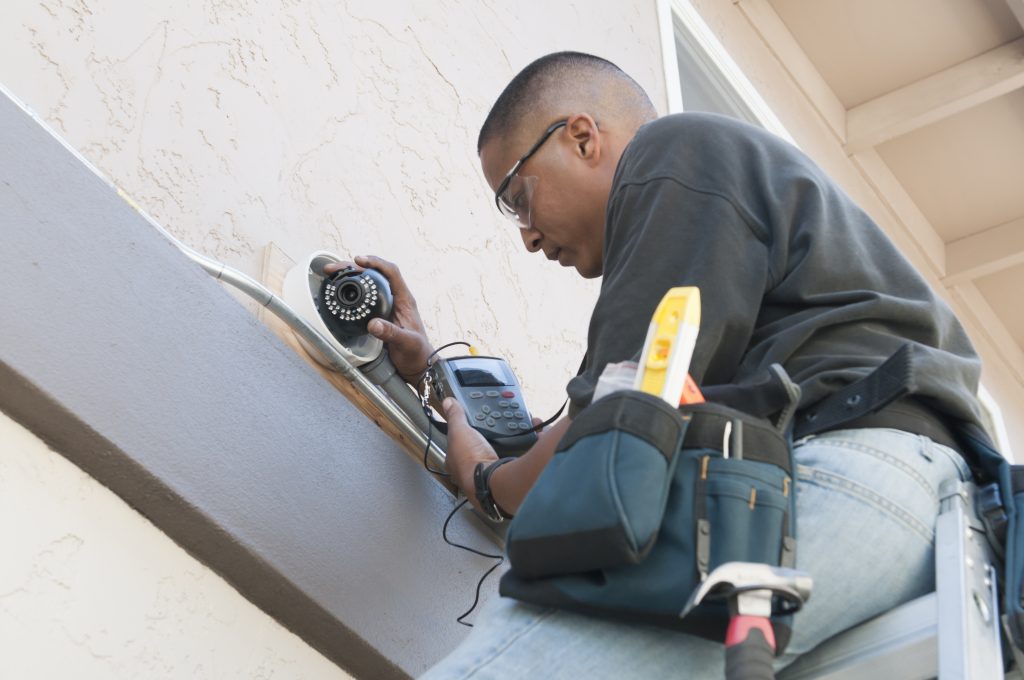
When people hear “OSP fiber,” they tend to picture buried cable, manholes, or pole lines. That’s fair—OSP stands for Outside Plant, after all. But there’s an interesting twist that comes up in industrial and commercial infrastructure projects. Sometimes, OSP fiber optic cable has to be installed, not “outside plant”, but inside buildings. And while that may sound unusual, it’s actually pretty common in certain environments—especially in Canada’s resource-heavy sectors like energy, utilities, and mining.
Understanding the costs of this type of inside/outside plant fiber optic installation means looking at a unique intersection of indoor cabling rules and Outside Plant fiber durability. So, what should a company expect to budget for in-building OSP fiber installation? The answer depends on several factors, and this blog will walk you through them.
Why Use OSP Fiber Indoors?
How Code Affects Installation
What Drives the Cost?
Installing fiber optic cables indoors isn’t just about pulling a cable from point A to point B. Each project is different. Here’s what impacts pricing the most:
- Cable installation type (armored, gel-filled, water-resistant, single-mode or multi-mode)
- Cable route length and network accessibility
- OSP cable termination needs and number of endpoints
- Conduit requirements, wall/floor penetrations, or trenching
- Fiber splicing and cable testing
- Network documentation and labeling
Estimated Cost Ranges

Industrial Environments Add Complexity
In rugged facilities, like oil and gas, pulp mills, or heavy manufacturing, the costs lean toward the higher end. These environments often require an armored OSP fiber optic cable network, corrosion-resistant hardware, directional boring and specialized crews with fiber optic cable certifications. If installation requires confined space access, trenching, or additional safety procedures, the budget must grow to account for these operational logistics.
The Role of Design and Planning
Don’t Overlook Termination and Testing
Maintaining Your Network
Installation is just step one. After that, maintenance and network management services ensure reliable uptimes. Having a solid record of your fiber network operations and regular inspections protects your investment long term. We also recommend integrating your installation into an overall OSP management program to support scale and durability.
Choosing a Trusted Partner
From FTTP network expansions to standalone indoor runs, choosing the right partner is key. You want a team experienced in OSP networks, trained in safety, and certified in all major fiber optic services. At Tridon Communications cabling services, we’ve supported everything from government infrastructure to private fibertechs builds across Alberta. We don’t just pull cable—we ensure your fiber optic network works the way it should.
There’s no one-size-fits-all number when it comes to Outside Plant fiber installation for in-building usage. But knowing the driving cost factors, understanding your environment, and working with an experienced partner can make budgeting for OSP fiber networks far easier for you. Whether you’re building out a new site or expanding your current fiber optic footprint, careful planning and clear pricing will keep your project on track.
Ready to Plan Your Next Fiber Install?
A Telecommunications Systems Integrator (TSI) handles every layer of your communication systems — wired or wireless — under one roof. That’s exactly what we do here at Tridon Communications. As your trusted TSI, we serve as your end-to-end solutions provider, managing everything from design and build to installation, upgrades, repairs, and ongoing maintenance.
That means you won’t need to coordinate with a dozen vendors or juggle multiple contractors. Instead, you get a single point of contact: us. We handle the full scope of your network and fiber optic services needs, streamlining your project construction and minimizing disruptions to your operations. Whether you’re expanding your fiber optic network, adding fibertechs, building out a new OSP fiber route, or integrating wireless systems into your site, Tridon Communications brings it all together — efficiently and expertly.
Contact Tridon TODAY!
